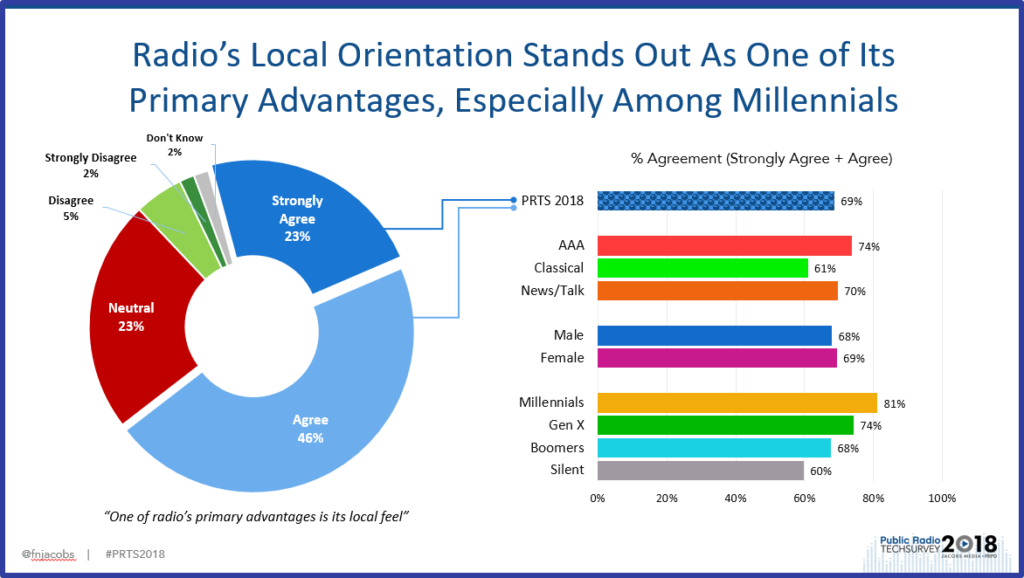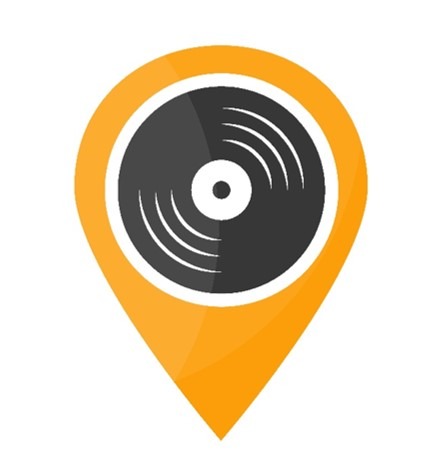
At the epicenter of the current atmosphere festering in Washington, D.C., and across the country is the media – or “the mainstream media” as it is often called. The President’s war with the Fourth Estate continues to escalate, and that has brought a great deal of attention to media outlets, from newspapers to cable news networks to broadcast radio.
The famous Speaker of the House during the Reagan years, Thomas P. (Tip) O’Neill, is famous for many things, but the quote “All politics is local” is most often attributed to him. With the midterm elections rapidly approaching, O’Neill’s theory will most likely be proved correct – again. When we go to the polls to vote just nine weeks from today, it will be about local races. Yes, there are powerful national themes driven by the White House and the surrounding swirl of “breaking news.” But in November, the electorate will be exercising its privilege in hometown and regional elections, voting on people and issues that resonated locally.
Public radio has enjoyed very strong ratings since the “Make America Great Again” bandwagon first rolled across the country back in 2015. And the results of our recently released Public Radio Techsurvey 2018 reveal “The Trump Bump” continues to play a catalytic role in growing listening to these stations that often occupy the leftmost of part of the FM dial.
And yet, for all the top-notch news coverage provided at the network level by NPR, the BBC, American Public Media, Public Radio International, PRX, and other national program suppliers. core public radio listeners continue to put a premium on local coverage.
Here’s how the results from a key agree/ disagree statement from this year’s study played out: “One of radio’s primary advantages is its local feel.”

There’s a strong degree of agreement across so many different demographic groups, but take note of the generational trajectory. Despite their connection to the global Internet, as well as social platforms and games that know no boundaries, it is public radio’s Millennials who place the greatest priority on information about their own backyards.
There’s been an explosion of all things local in recent years, whether it’s restaurant, beer, bands – all cultural signposts that define a region and the people who live in it. Whether you’re from Detroit, Des Moines, or the Dakotas, what’s happening in your local area has never been more important – especially as we’re well into our third decade of cyber-connectedness.
Yet, those bastions of local news coverage – newspapers – are being profoundly challenged by changing consumption patterns and the economics of producing a physical news product every day of every year.
According to the Columbia Journalism Review’s Kyle Pope, “America’s local news has reached its death spiral phase.”
That’s a heavy statement coming from this publication, but Pope points to continued staff and financial cutbacks at the New York Daily News as evidence of print’s endangered medium status. And he acknowledges the “dirty little secret” is “the quality of the things that we so badly want to save is getting worse and worse.”
A look at your daily newspaper (when was the last time you read the physical edition?) shows continued shrinkage due to the ongoing axing of staffers. But worse, local coverage has become scarce as there are fewer reporters to cover city council meetings, scandals, and the other news from around town.
 Radio sales staffs should be aggressively pursing all those ad dollars that were once the domain of the local print media. But there’s plenty of opportunity for the programming, marketing, and digital departments at local radio stations in both PPM and diary markets to also provide what newspapers increasingly don’t.
Radio sales staffs should be aggressively pursing all those ad dollars that were once the domain of the local print media. But there’s plenty of opportunity for the programming, marketing, and digital departments at local radio stations in both PPM and diary markets to also provide what newspapers increasingly don’t.
While local newspapers and the companies that own them may be profoundly suffering, television hasn’t been a beneficiary because they’re being Netflixed to death. Fewer prime viewers are bothering with the 11 p.m. news or most other appointment viewing.
It’s not just public radio or commercial radio’s news/talk stations with “traffic and weather at the 8’s” that can pick up the slack left by the dwindling newspaper industry. Hometown morning shows and plugged in local personalities on music stations can be intensely local by reflecting what’s going on culturally in their communities. In much the same way so many people got their “news” from watching Jon Stewart on “The Daily Show” or “Saturday Night Live,” locals will tell you that trusted personality shows on radio stations have that same ability.
Oftentimes, music stations make the mistake of believing their core audience only cares about songs, artists, trivia, and concerts. But even music lovers want to know what’s going on in town, what to do this weekend, and what locals are thinking and talking about. It’s often referred to as a sense of place, but few local music radio stations bother to focus on it.
Seth Resler makes it a practice to study station websites, and subscribes to the philosophy that a look at the home page ought to reveal a station’s home market of service. But oftentimes, few of them embrace their local environs, making it clear where they broadcast.
Similarly, my time sitting in hotels monitoring radio stations is accompanied by the local litmus test – how long does it take me to realize where I am while listening to a client – and our competitors. And no, traffic and weather don’t count.
Some radio companies struggle with the contradiction that while local matters, they’re developing content that is not geo-fenced, making it available to anyone on the planet with a computer or smartphone. Social media posts, streams, podcasts, Alexa skills, and video can all be accessed by anyone anywhere.
But that doesn’t give a local music station an excuse to forget its local roots. When you stream WWOZ in New Orleans or listen to KNDD’s “So, You’re In Seattle” podcast, you don’t need Google Earth to tell you where you are. In fact, that’s a key driver for why so many seek out web-based content from local radio stations – they want to taste, smell, and experience the market.
In Seattle” podcast, you don’t need Google Earth to tell you where you are. In fact, that’s a key driver for why so many seek out web-based content from local radio stations – they want to taste, smell, and experience the market.
The term “location, location, location” doesn’t just define attractive real estate – its speaks to the rich, fertile turf people care about. And yet, many radio stations are hard-pressed to exude a sense of local-ness, outside of service elements. Oftentimes, it’s just not part of the content menu that programmers emphasize.
Local is broader than just blood and guts news headlines – it’s about who we are and where we live.
And it’s not just the franchise of public radio and all-news radio. That is, unless commercial radio’s music stations choose to give up their local roots.
Let’s amend O’Neill’s old saw:
Most great radio is local.
Or it can be.
To download our newly released Public Radio Techsurvey 2018 deck, click here.
- Traveling At The Speed of CES - January 10, 2025
- The One Thing Missing At CES? - January 9, 2025
- AI Your Commercials - January 8, 2025




HUGE Local Opportunity! When someone steps up. Thank you, Catalyst Fred.
Appreciate it, Clark.
The Tip O’Neil quote has come in handy many times in staff meetings and when doing one-one-one coaching. Another I have used is, “Build from the tower out.” If you are not local, then you are destined to fail. End of story.
I recently drove through southern Illinois and was surprised at how many music stations had local newscasts. Sounded good!
It’s always a good feeling to know where you are, thanks to the radio. Thanks, John.
Geez…if perhaps, radio had not been so quick to dismantle news departments back in the 80’s…seems like there could be a place for some type of news operations now. (A former News Director who went back to being a jock back then because I saw the writing on the wall.)
Kevin, it is sad howw so many broadcasters conceded this content, especially in light of what is happening with newspapers. It’s another reason why public radio has thrived in the vacuum. THanks for reading our blog and commenting.